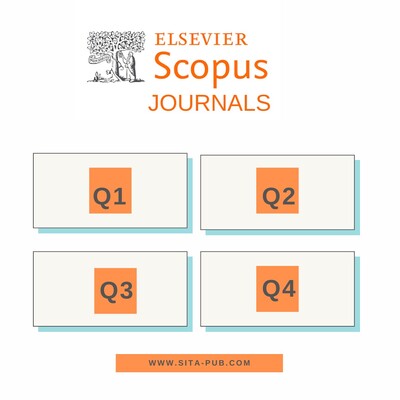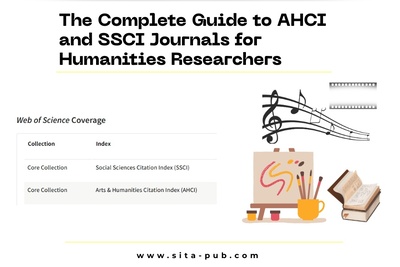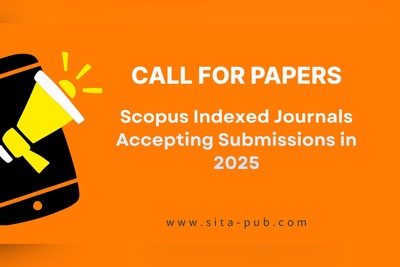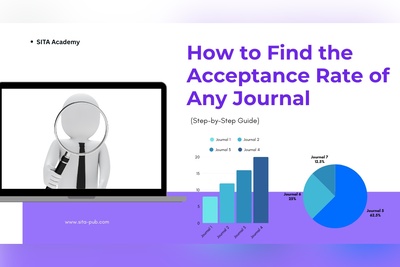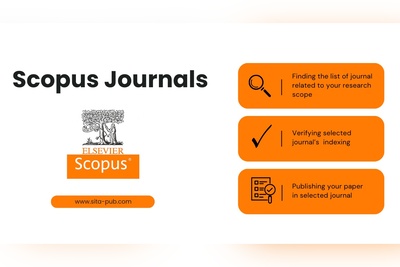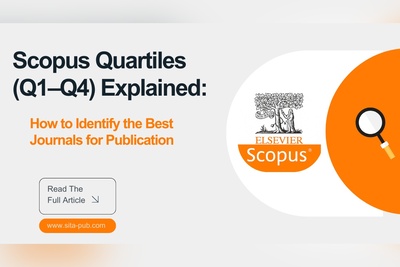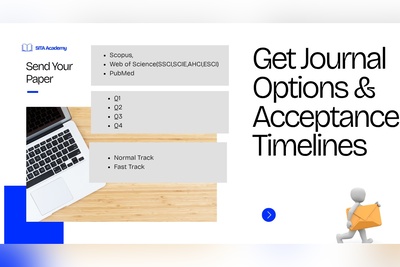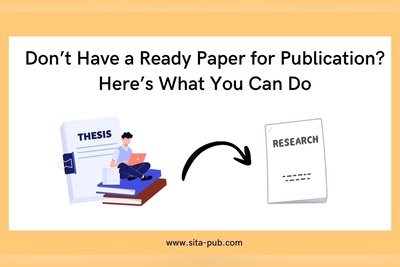Q1-Q4 Journals: Which One Should You Aim For?
Wondering where to publish your research? Should you aim for a Q1 or Q4 journal? What's the difference in reputation, review difficulty, and costs? This article answers all your questions about journal quartiles and guides you in choosing the right journal based on your goals, timeline, and budget.
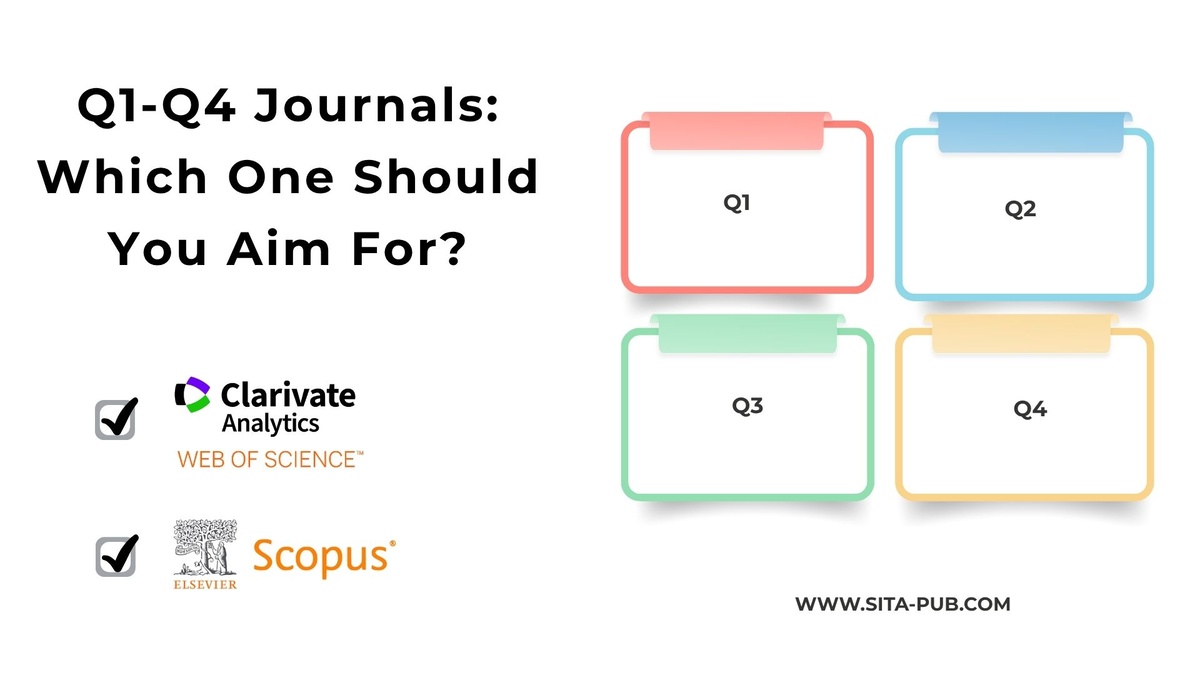
Among the many factors that determine where to publish, journal quartiles (Q1, Q2, Q3, Q4) are one of the most discussed indicators of a journal's prestige and impact. This article will explore what quartile rankings mean, the differences between Q1-Q4 journals, and how to decide which one suits your goals. We'll also discuss how to find suitable journals in your field and offer tips for increasing your chances of acceptance.
What Are Quartile Rankings in Journals?
Quartile rankings categorize journals into four groups based on various metrics, such as impact factor and citation rates, within their subject areas. These rankings are commonly used in two major indexing systems: Scopus and Web of Science (WoS).
Q1: Top 25% of journals in a subject field.
Q2: Between top 25% and 50%.
Q3: Between 50% and 75%.
Q4: Bottom 25%.

Related Article
Scopus and Web of Science
Scopus metrics like CiteScore, SNIP, and SJR to rank journals. The SCImago Journal Rank (SJR) is widely used to determine quartiles.
Web of Science primarily uses the Impact Factor and Journal Citation Reports (JCR).
Although both databases rank journals using different methods, the general concept of quartiles remains similar across platforms.
Differences Between Q1, Q2, Q3, and Q4 Journals
1. Reputation and Visibility
Q1 Journals
Highest reputation in academic publishing
Widely read and cited internationally
Often published by prestigious publishers (e.g., Elsevier, Springer, Wiley)
Q2 Journals
Strong academic credibility
Good visibility and consistent citation rates
Frequently used by mid-career researchers
Q3 Journals
Moderate reputation
Targeted visibility within specific disciplines or regions
Useful for emerging or specialized topics
Q4 Journals
Lower visibility and fewer citations
Often newer, regional, or niche journals
May still be indexed and respected in certain contexts
2. Ease of Publication
Q1 Journals
Very competitive with low acceptance rates
Rigid peer-review standards
Suitable for high-quality, original research
Q2 Journals
Selective, but slightly more accessible than Q1
Requires strong methodology and well-structured papers
Q3 Journals
Moderate review process
Accepts solid research that may not be groundbreaking
Better for less time-sensitive or preliminary studies
Q4 Journals
Easiest to get published in
More flexible editorial criteria
Good for early-career researchers or quick publications
3. Publication Charges (APCs – Article Processing Charges)
Q1 Journals
Often have high APCs, especially for open-access options
Some are subscription-based with no charges to authors
Q2 Journals
o Moderate to high APCs, depending on publisher and access model
o Increasing open-access options available
Q3 Journals
Moderate APCs
Some offer waivers or discounted rates
Q4 Journals
o Lower APCs on average
o Many regional or university journals offer free or low-cost publication
Tip:
Choose the journal quartile based on your research goals, budget, and timeline. Q1 is ideal for high-impact work, while Q3 and Q4 offer quicker and more accessible paths to publication.
Which Journal Quartile Should You Aim For?
Choosing the right journal quartile (Q1–Q4) depends on several personal and professional factors. Here’s how to decide which is best for you:

1. Institutional Requirements
If you're a graduate student, researcher, or faculty member, check your institution’s guidelines. Many universities require Q1 or Q2 publications for graduation, academic promotions, or research funding. In these cases, aiming higher is not just ideal—it may be necessary.
2. Budget and APCs
Top-tier journals, especially Q1 open-access, often charge high Article Processing Charges (APCs). If you’re self-funding or on a tight budget, consider Q3 or Q4 journals, which typically have lower or no APCs. Some also offer waivers for students or authors from developing countries.
3. Timeline and Urgency
Q1 journals usually have longer review periods due to stricter standards and high submission volumes. If you need quick publication—for job applications, scholarships, or thesis defense—Q3 or Q4 journals might be more suitable.
4. Paper Quality and Scope
If your research is innovative, data-driven, and methodologically strong, it deserves a spot in a Q1 or Q2 journal. However, if your study is more localized, preliminary, or part of a smaller project, Q3 or Q4 can still offer visibility and value.
There’s no one-size-fits-all answer. The right journal depends on your goals, content quality, deadlines, and budget. Match your paper to the appropriate quartile for the best chance of success and impact.
How to Find Q1–Q4 Journals Relevant to Your Field
1. Use SCImago Journal & Country Rank (SJR)
Website: https://www.scimagojr.com
Search by subject area or journal title.
See quartile, SJR score, and subject classification.
2. Check Journal Citation Reports (JCR)
Provided by Web of Science, this shows impact factor and quartile rankings.
3. Use Your Institution’s Library Database
Many universities provide access to journal rankings and filters for quartiles.
What Are the Acceptance Criteria for Q1 vs Q4 Journals?
Criteria | Q1 Journals | Q2 Journals | Q3 Journals | Q4 Journals |
Originality & Novelty | Highly original, groundbreaking research | Good originality, meaningful contribution | Broader or incremental topics | Broader topics, preliminary or exploratory studies |
Research Questions & Methodology | Clear questions, strong and rigorous methods | Clear and reliable methods, slightly less complex | Acceptable methods, simpler or less robust | Simpler, less rigorous methodology |
Data Analysis | Thorough and solid analysis | Clear and adequate analysis | Basic analysis, sometimes limited | Basic, descriptive or limited analysis |
Visuals & References | High-quality, professional charts and up-to-date citations | Good quality visuals and relevant citations | Adequate visuals and citations, less polished | Acceptable visuals and fewer or less professional references |
English Fluency | Excellent, flawless academic English | Strong, minor language issues possible | Reasonable fluency, some editing support allowed | Required, but editorial standards less strict |
Ethical Compliance & Structure | Strict ethics, clear, well-organized structure | Ethical, clear format | Basic ethics compliance, acceptable structure | Minimum ethics and formatting standards |
Reviewer Focus | Clarity, significance, rigorous design, relevance | Clarity, significance, sound design, relevance | Clarity, significance, design adequacy, relevance | Clarity, significance, basic research design, relevance |
Improve Your Chances of Acceptance with Quality Language Support
High-quality language is essential for getting your paper accepted, especially in top-ranked journals like Q1.
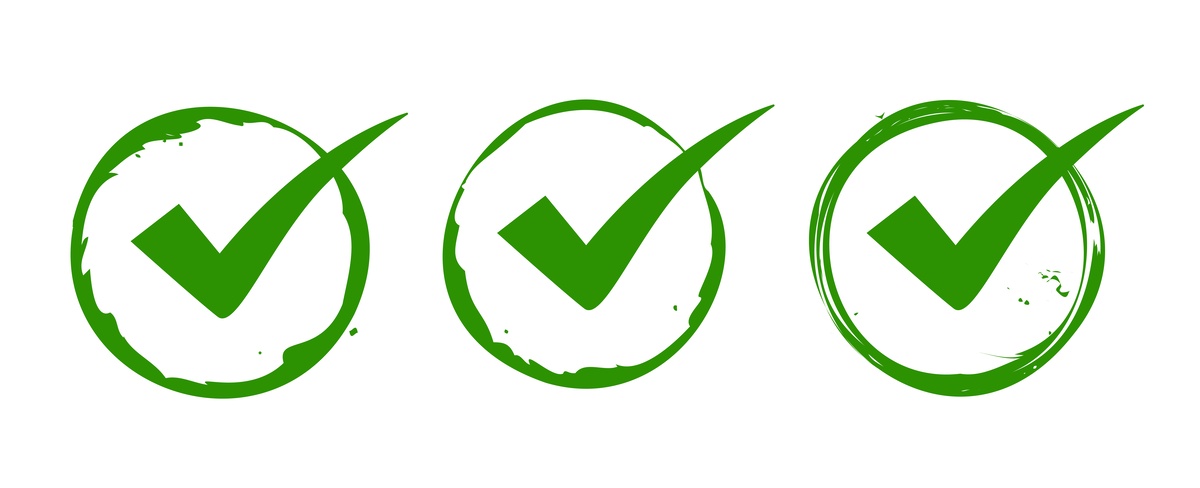
For Papers Written in Arabic: Professional Translation Is Key
If your paper is originally written in Arabic, it must be translated into English by professional translators. These translators specialize in academic and scientific texts, ensuring accurate use of technical terms and maintaining clarity and flow throughout your manuscript.
For Papers Already in English: Native Editing and Certification
Even if your manuscript is written in English, most journals require it to be reviewed and edited by native English editors. This editing improves grammar, style, coherence, and overall readability. Journals often request a certificate confirming that your paper has undergone professional editing.
Conclusion: Which Journal Quartile Should You Target?
Choosing between Q1 and Q4 journals is not just about prestige—it's about aligning with your research goals, institutional expectations, and available resources. While Q1 journals offer high visibility and academic credibility, Q4 journals may provide quicker publication and easier access for emerging researchers.
If your goal is academic promotion or international collaboration, Q1/Q2 may be ideal. If you need to publish quickly or are working on a local topic, Q3/Q4 could be more suitable. Either way, focus on producing high-quality, well-edited, and original work.
By understanding quartile rankings and using effective publication strategies, you can confidently choose the right journal for your research.
In the challenging and competitive journey of publishing in Q1 and Q2 journals, using professional and reliable services can make the difference between a rejection and an acceptance. SITA Academy, with years of experience and a team of experts across various scientific fields, provides comprehensive services for researchers, students, and faculty members to help them complete the article publication process with peace of mind. These services include:
SITA Academy:
Specialized translation of scientific articles by translators familiar with the technical terminology of various disciplines;
Native editing to elevate the writing quality to international standards;
Professional cover letter writing with a formal and persuasive tone;
Accurate formatting of the article according to the target journal’s guidelines;
And finally, complete article submission to the journal, including follow-up throughout the peer-review process until the final decision is received.
We support researchers by offering expert advice in selecting the right journal, evaluating the scope, and assessing acceptance chances. If you're looking to shorten the path to article acceptance and increase your chances of publishing in Q1 and Q2 journals, SITA Academy is a reliable and professional choice.
Submit your article for review
Verified Contact Channels
If you have any questions, inquiries, or would like to learn more about our services, please don't hesitate to reach out to us. Our dedicated team is ready to assist you.
